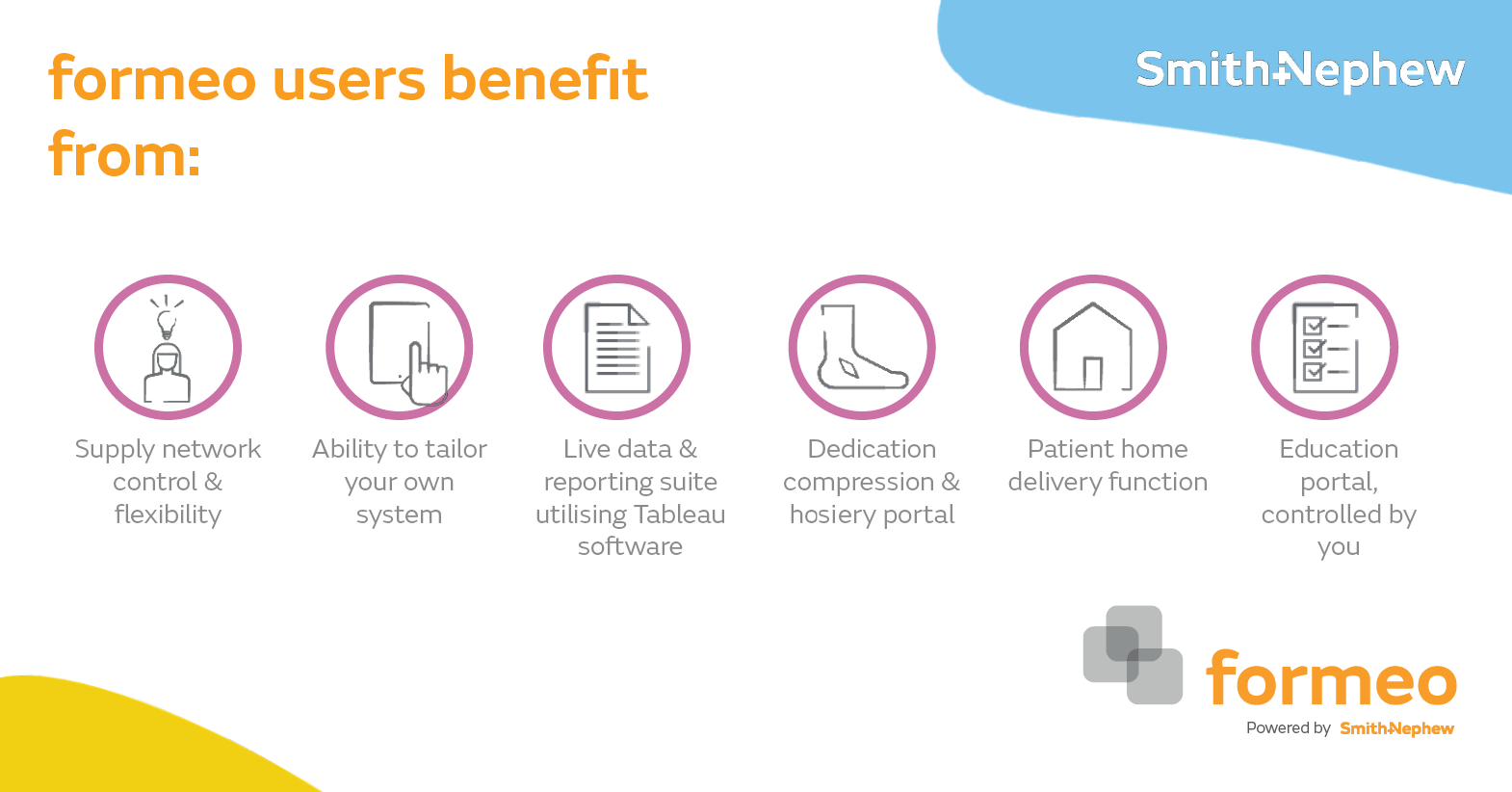As with most issues in wound care, pain can be complicated. Acute pain is considered to be related to a specific tissue injury and resolves in a time frame related to the degree of injury. Chronic pain is less well defined and may be related to tissue damage (nociceptive pain) or nerve damage (neuropathic pain), or combinations of the two. Infection adds another pain dimension, as do wound care interventions. Pain experienced by patients can also be non-wound related (e.g. arthritic pain) but relevant to wound care, particularly in relation to patient positioning for interventions and analgesia. Pain experienced at a dressing change is not, therefore, necessarily confined to the wound itself. In addition to the physical components of pain there are the psychological and emotional factors that can exacerbate pain perception. Different wound aetiologies present different challenges in relation to pain and its consequences. For example there is the absence of pain sensation in diabetic neuropathy and spinal cord compression, which can lead to serious tissue damage, the acute pain experienced by burns patients, and the allodynia experienced by patients with Epidermolysis bullosa for whom a light touch results in severe pain. Palliative wound care presents another set of challenges related to advanced disease and also end of life care. Pain management is evidently an important component of wound care and raises a number of issues in relation to our roles and responsibilities






